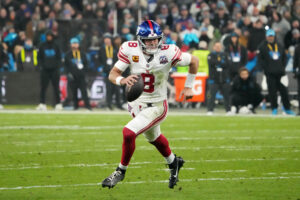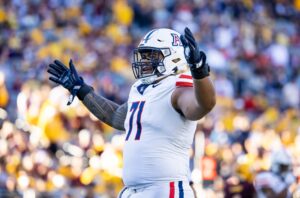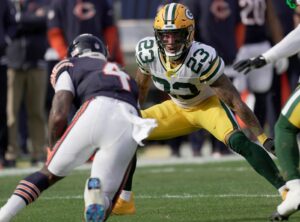The Seattle Seahawks offensive line was blamed unequivocally for Seattle’s lack of offensive consistency in the 2016 season. It started in Week one, where, early in the third quarter, Ndamukong Suh blew past guard Mark Glowinski on his way to sack Russell Wilson. In the process of trying to escape, Wilson fell and Suh stepped on his ankle, spraining it severely. From that point on the offensive line was asked to do something a Seattle line hadn’t been tasked with in six years, protect an immobile passer.
Making a Case for the Seattle Seahawks Offensive Line
Inexperience and Injuries
In Week one the starting offensive line consisted of no true rookies but Glowinski had only started one game in 2015 prior to becoming the starting left guard. The unit did, however, field two career backups in Bradley Sowell at left tackle and J’Marcus Webb at right guard in place of injured rookie Germain Ifedi. That remained the starting lineup until Week four against the New York Jets when Ifedi returned to the lineup and took over for Webb.
In Week six Sowell sprained his MCL against the Arizona Cardinals and George Fant, a rookie, and former basketball star, took over the left tackle position. After that, center, Justin Britt, sat out one game with an ankle injury and Sowell and Garry Gilliam battled for the right tackle spot. In the end, Gilliam won out.
Protected Their Quarterback Better Than Expected
Seattle ended the year starting two rookies and one red shirt player on the offensive line. Britt was by far the best and he earned pro bowl honors as an alternate, while Glowinski was a distant second. Webb was cut halfway through the season and Sowell lost his job to a basketball player who recorded one catch and two tackles in college. With all of the shuffling of the offensive line, the inexperience, and an injured Wilson, it was expected that Seattle would rank last in sacks given up. But, instead, they ranked sixth with 42 sacks given up.
No Continuity
The starting line up in 2016 only returned two players from their 2015 campaign, Britt and Gilliam, with only one playing the same position. In the off-season Seattle lost Russell Okung and J.R. Sweezy to free agency and cut their previous center, Patrick Lewis, in the preseason.
One of the key pieces to a successful offensive line is continuity. Players need to intuitively know what their teammates on the line will do when faced with stunts, delayed blitzes, and anything else a defense can throw at them. Even though Britt had a career year he was still playing in his third position in three years; only Gilliam has had any continuity over the last two years.
Changes
Many fans of the team are calling for a change in coaching or personnel going into 2017. Offensive line coach, Tom Cable, along with head coach Pete Carroll, have made it clear their plan is to grow the young line together. Their track record supports that this could be a successful endeavor. Sweezy, a seventh-round round pick in 2012, was given a 5-year, $32.5M contract this last off-season and both James Carpenter and Okung also earned sizable contracts after leaving Seattle.
That’s not to say a free agent acquisition wouldn’t help Seattle’s offensive line get better. The Seahawks could improve at either tackle spot. Some of the veteran linemen available include Andrew Whitworth, Ryan Clady, Kelvin Beachum, and Riley Reiff. Any of these players would provide an anchor for a young line. But replacing too many players on the existing line is going to leave Seattle with the same issue they faced in 2016, lack of cohesiveness.
If Seattle can bring in just one offensive lineman while returning four other starters they are set to make a huge jump in effectiveness. The idea of blowing up the line and bringing in multiple new players to “fix” the issue will only waste draft capital and use up cap space in free agency. Seattle has the answer to the offensive line within the VMAC in Renton, WA. They just need to give it time to mature, and like a fine wine, it’ll be worth its weight in gold in the coming years.
Main Photo






